Why is my thinking so out of whack?
runswithscissors
11 years ago
Related Stories

PETSSo You're Thinking About Getting a Dog
Prepare yourself for the realities of training, cost and the impact that lovable pooch might have on your house
Full Story
GARDENING GUIDESNew Ways to Think About All That Mulch in the Garden
Before you go making a mountain out of a mulch hill, learn the facts about what your plants and soil really want
Full Story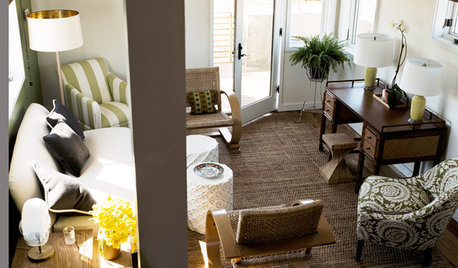
SMALL SPACESDownsizing Help: Think ‘Double Duty’ for Small Spaces
Put your rooms and furnishings to work in multiple ways to get the most out of your downsized spaces
Full Story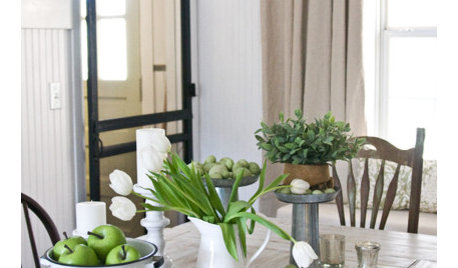
DECORATING GUIDESSo Your Style Is: Cottage
Cheerful, laid back and welcoming, cottage style feels like a giant hug. Find out how to make this appealing look work its magic
Full Story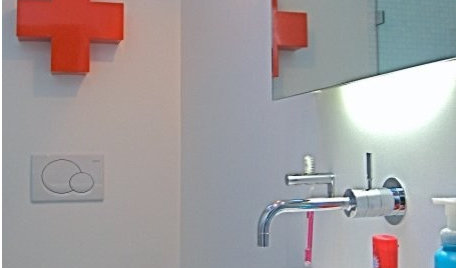
DECORATING GUIDESSo Your Style Is: The Doctor Is In
Are medical accessories your go-to Rx for style? Find out how to use them in a healthy balance
Full Story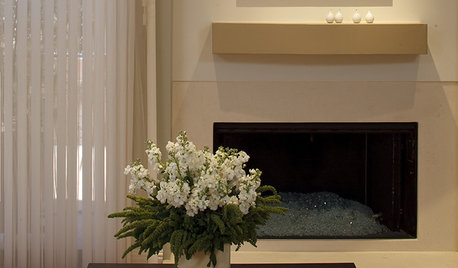
MODERN STYLESo Your Style Is: Minimalist
Leaving chaos and clutter to the world outside, minimalist interiors convey absolute calm. Find out if the look of less is right for you
Full Story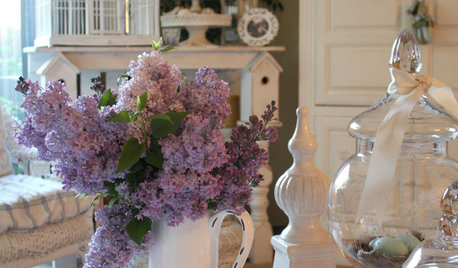
DECORATING GUIDESSo Your Style Is: Romantic
Sweet but not saccharine, romantic design style celebrates the idealistic side of life. Find out if it's the look that makes you swoon
Full Story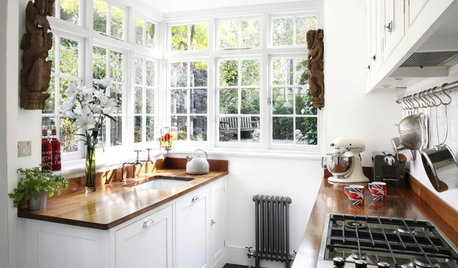
SMALL KITCHENS10 Things You Didn't Think Would Fit in a Small Kitchen
Don't assume you have to do without those windows, that island, a home office space, your prized collections or an eat-in nook
Full Story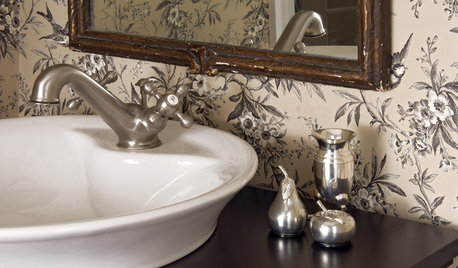
BATHROOM DESIGN10 Ways to Think Outside the Bathroom Sink Box
A Better Bathroom Sink: Go Stainless, Go Big, Go Sculptural
Full Story
DECORATING GUIDESThinking Spring: Blossoming Branches
Cherry, Peach and Apple Flowers Make Interiors Bloom
Full Story
Sponsored
More Discussions






SouthCountryGuy Zone 4b-5 SE BC
bdgardener
Related Professionals
Baltimore Landscape Architects & Landscape Designers · Willowick Landscape Architects & Landscape Designers · Apollo Beach Landscape Contractors · Berwyn Landscape Contractors · Hoover Landscape Contractors · La Verne Landscape Contractors · Lakewood Landscape Contractors · Lehigh Acres Landscape Contractors · Palm Beach Gardens Landscape Contractors · Quincy Landscape Contractors · Red Oak Landscape Contractors · Sugar Hill Landscape Contractors · Antioch Landscape Contractors · Homestead Window Contractors · Pacifica Window ContractorsSouthCountryGuy Zone 4b-5 SE BC
runswithscissorsOriginal Author
SouthCountryGuy Zone 4b-5 SE BC
bdgardener
runswithscissorsOriginal Author
SouthCountryGuy Zone 4b-5 SE BC
SouthCountryGuy Zone 4b-5 SE BC
bdgardener
runswithscissorsOriginal Author
SouthCountryGuy Zone 4b-5 SE BC
bdgardener
SouthCountryGuy Zone 4b-5 SE BC
runswithscissorsOriginal Author
SouthCountryGuy Zone 4b-5 SE BC
bdgardener
SouthCountryGuy Zone 4b-5 SE BC
runswithscissorsOriginal Author
SouthCountryGuy Zone 4b-5 SE BC
bdgardener
bdgardener
runswithscissorsOriginal Author
SouthCountryGuy Zone 4b-5 SE BC
runswithscissorsOriginal Author